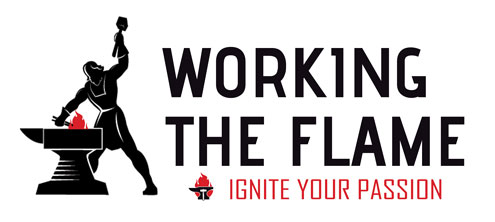Machining has been around since ancient times, but most innovations in the field have occurred since the Industrial Revolution. Like other trades, machining is important to many industries.

Machining can be defined by its complexity, innovation, and precision as a process. These characteristics make machining and interesting topic to learn more about.
The following are a handful of interesting and easy-to-digest facts about the history and processes of machining.
1) Machining and the Industrial Revolution are closely intertwined.
While machining has existed since ancient times, the process became much more advanced in the 18th and 19th centuries during the Industrial Revolution.
This period saw a major shift from agriculture and small-scale industry to large-scale manufacturing in factories and the use of steam and other power.
The Industrial Revolution has been described as being “created by the notion that machines could be made in parts that fit together so closely that they could be interchangeable.”
In this way, machining actually moved the Industrial Revolution forward.
2) Clockmakers used the earliest modern milling machines.
Milling machines today make precise parts. Back in the 1700s, clockmakers used these machines to cut out intricate wheels for their clock mechanisms.
3) Eli Whitney improved upon the earliest milling machines.

Eli Whitney is often credited with inventing the milling machine, and while he wasn’t actually the first to do it, he did succeed in improving upon its earliest design.
His milling machine was created with the intention of producing interchangeable gun parts. The ability to make interchangeable parts was extremely important to the Industrial Revolution and innovations of the 19th, 20th, and 21st centuries.
4) A universal milling machine was showcased at the 1867 Paris Exhibition.

Joseph R. Brown unveiled his state-of-the-art universal milling machine at the Paris Exhibition, which was a world’s fair with over 50,000 exhibitors.
5) Tenths are the standard measurements of machining.
Tenths became the standard machining measurements during World War I. This was the major innovation to happen in machining during the first decades of the 20th century.
6) Milling machines were precursors to 3-D printers.

Milling machines are able to turn metal and other materials into complex shapes. The basic idea of the milling machine has been applied to 3-D printing.
7) Machining includes several different processes.

Machining is a broad term that incorporates many different processes such as: milling, boring, broaching, drilling, grinding, turning, reaming, planing, and sawing.
8) CNC machining is extremely precise.

The precision of machining is described as tolerance. Tolerance refers to the variation a dimension can have from a given value. In CNC machining, this tolerance can be as low as +/- 0.001!

